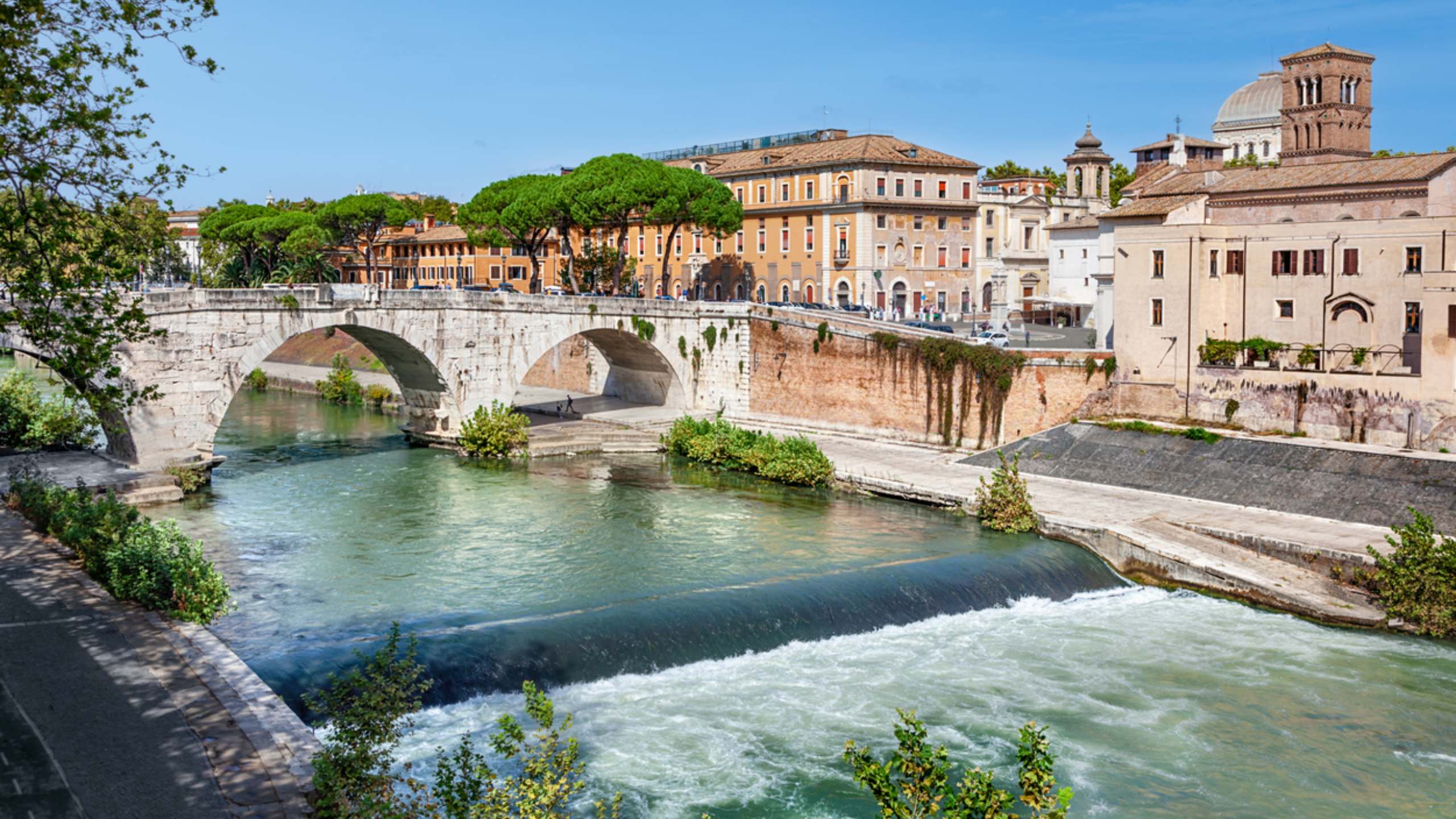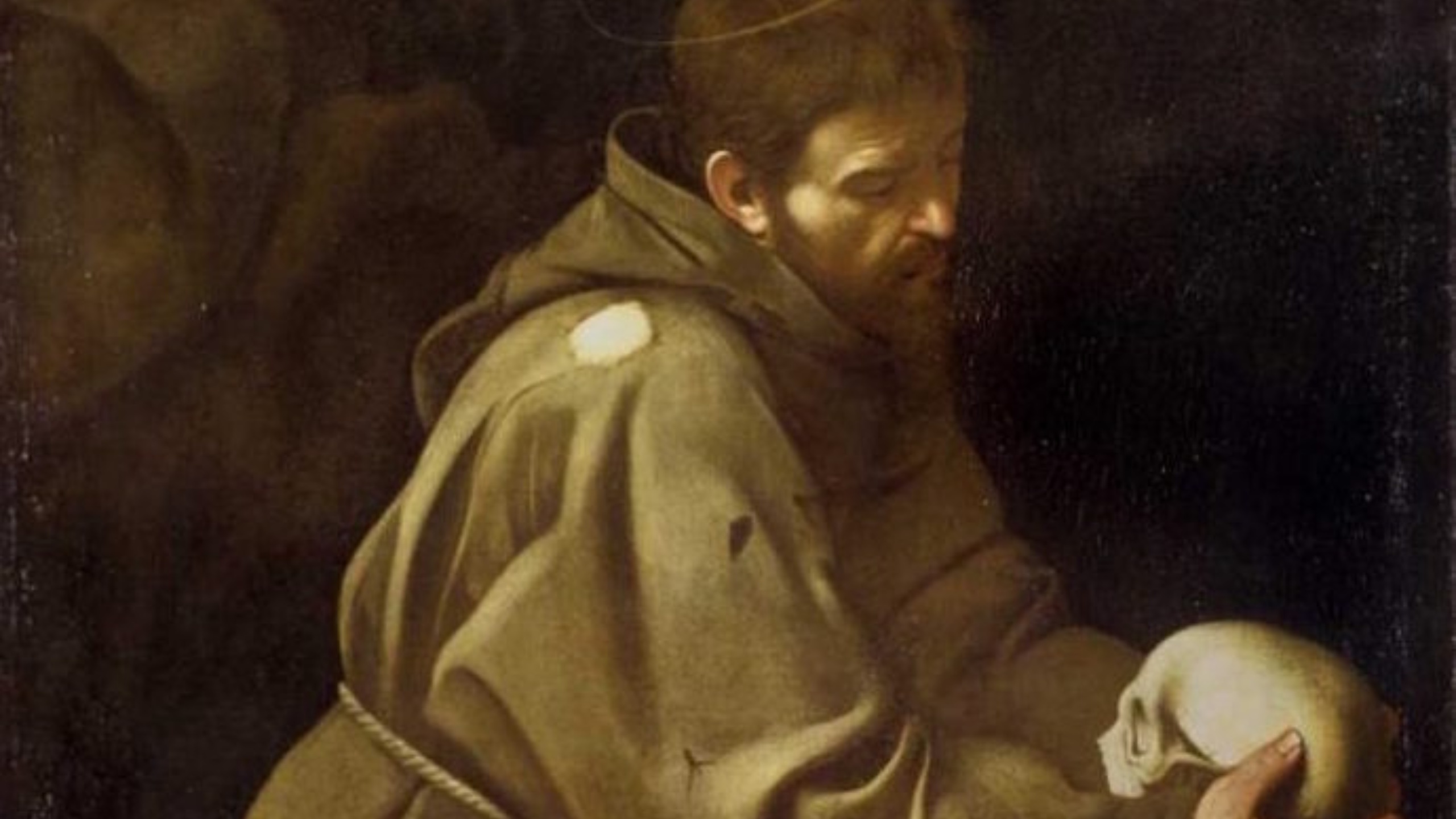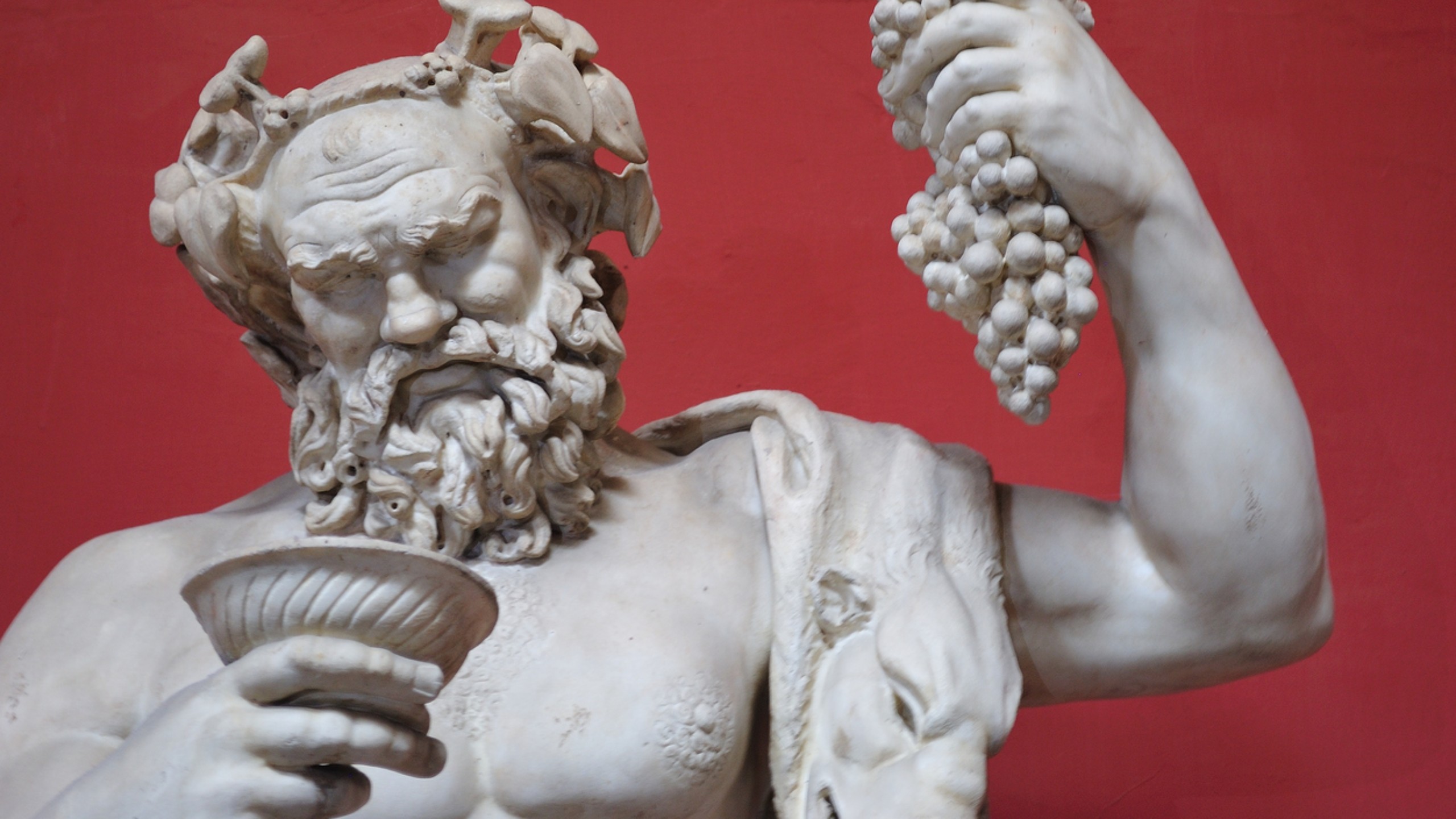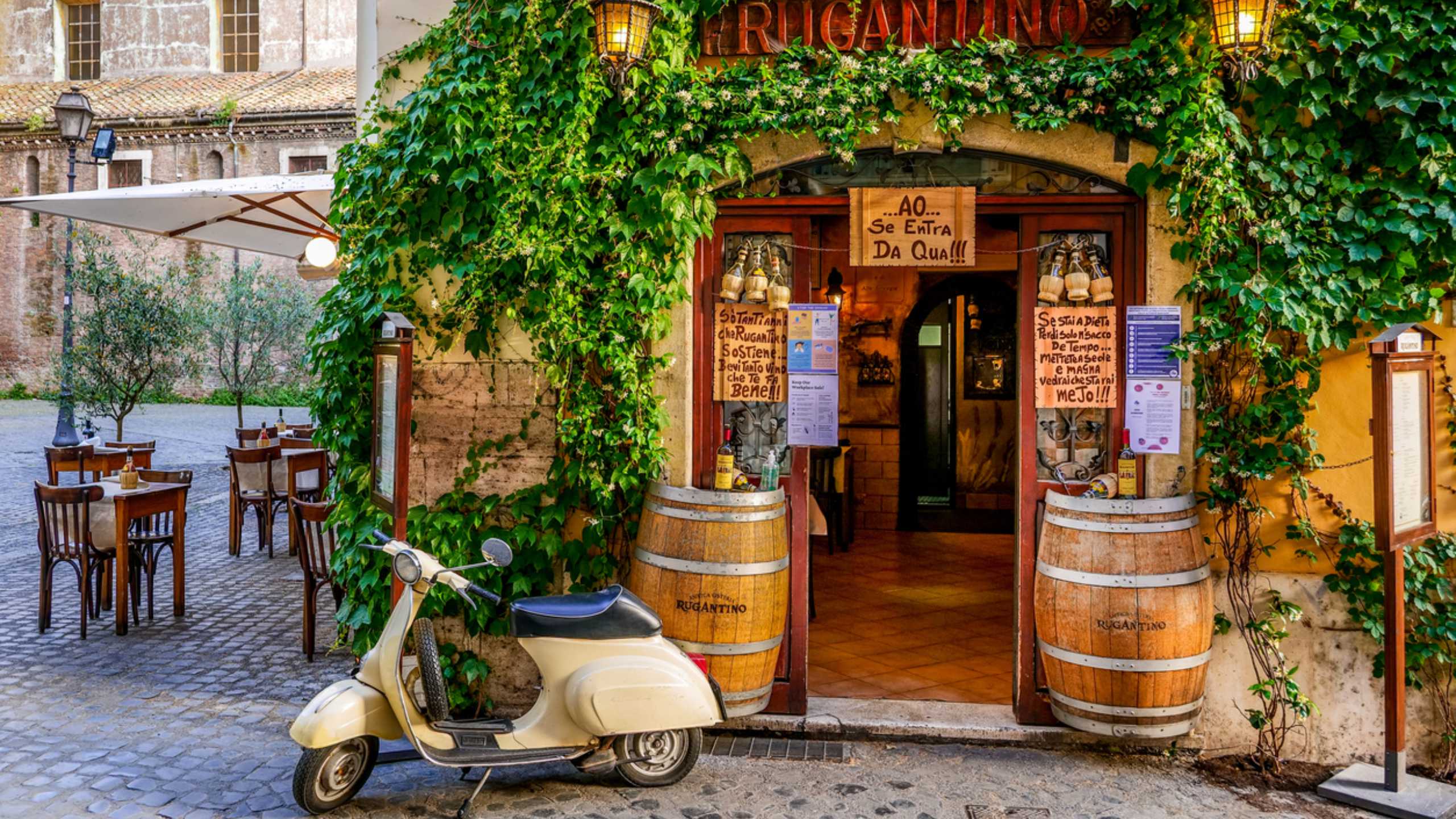Pope Innocent X
Those who sleep at Eitch Borromini cannot avoid coming across the figure of Innocent X Pamphilj. The Eitch has dedicated a room and a lounge to him, which houses an important copy of Velasquez's portrait, which portrays him with a gruff and enigmatic expression. The Innocenziano College takes its name precisely because it was he who wanted it to be built.
Innocent X was the two hundred and thirty-sixth pope in the history of the Catholic Church, governing the Holy See in the period from 1644 to 1655. The real name of Pope Innocent X was that of Giovanni Battista Pamphilj, born in the capital of that noble family who gave life to the magnificence of Piazza Navona and to the complex in which our Eitch is located. Few people know that, on the paternal side, he could count on a relationship, rather distant in any case, with the famous Lucrezia Borgia. Graduated in law from the University of Sapienza in 1594, Innocent X became a cardinal thirty-five years later, and in 1644, exactly on September 15, he was proclaimed Pope, one of the three to complete his university education at the Jesuit College of Rome.
The portrait of Pope Innocent X
The portrait painted in oil on canvas, the fruit of the ingenuity and talent of the painter Diego Velàzquez, is the work that made the pope a memorable icon. Currently, the original work can be admired at the Doria Pamphilj Gallery in Rome (Via del Corso entrance), the copy that replaces the original in the museum is located in the Innocenzo X hall by Eitch Borromini, on the fourth floor. The painting depicting the pope became famous all over the world due to the fact that the Irish artist Francis Bacon made a modified copy of it within his Screaming Popes.
The work was created on the second occasion in which Velàzquez traveled to Italy, in the period between 1649 and 1651. The fact that the robes worn by Pope Innocent X were of light linen can certainly lead to think how the portrait was made. in the summer, probably in the year 1650.
What prompted this artist to create such a work? There are two theories: the first argues that, during an audience with Pope Innocent X, Velàzquez wanted to demonstrate his artistic abilities and was able to obtain the approval of the pontiff only after showing him the portrait of his servant. The second theory, on the other hand, argues that it was the pontiff who commissioned the work directly, given that Velàzquez had already taken care of creating numerous paintings inside the papal court.
If you are interested in the history of the Pamphilj Family and are planning to visit the museum, full of wonderful testimonies of the Roman Baroque, Eitch Borromini is the ideal platform close to all the great testimonies of the splendor of the family. The Eitch Borromini, conceived by Borromini, commissioned by Innocenzo X and his sister-in-law Donna Olimpia Maidalchini, will observe you by unlocking his secrets a little at a time, introducing you to a Rome that is very different from the one we all have under our eyes today.







